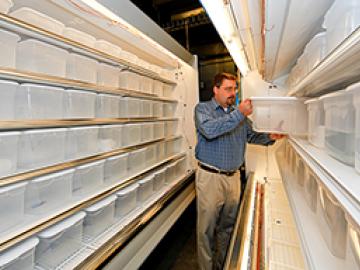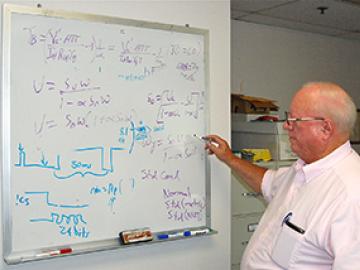
Updated software improves slicing for large-format 3D printing










The American Conference on Neutron Scattering returned to Knoxville this week, 12 years after its inaugural meeting there in 2002.

